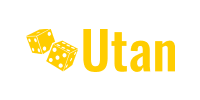Empowering Deaf Minds: Innovative Approaches to Deaf Children’s Education
Deaf children face unique educational challenges where traditional methods may not adequately cater to their needs. However, a surge in innovative approaches is reshaping the landscape of deaf education,










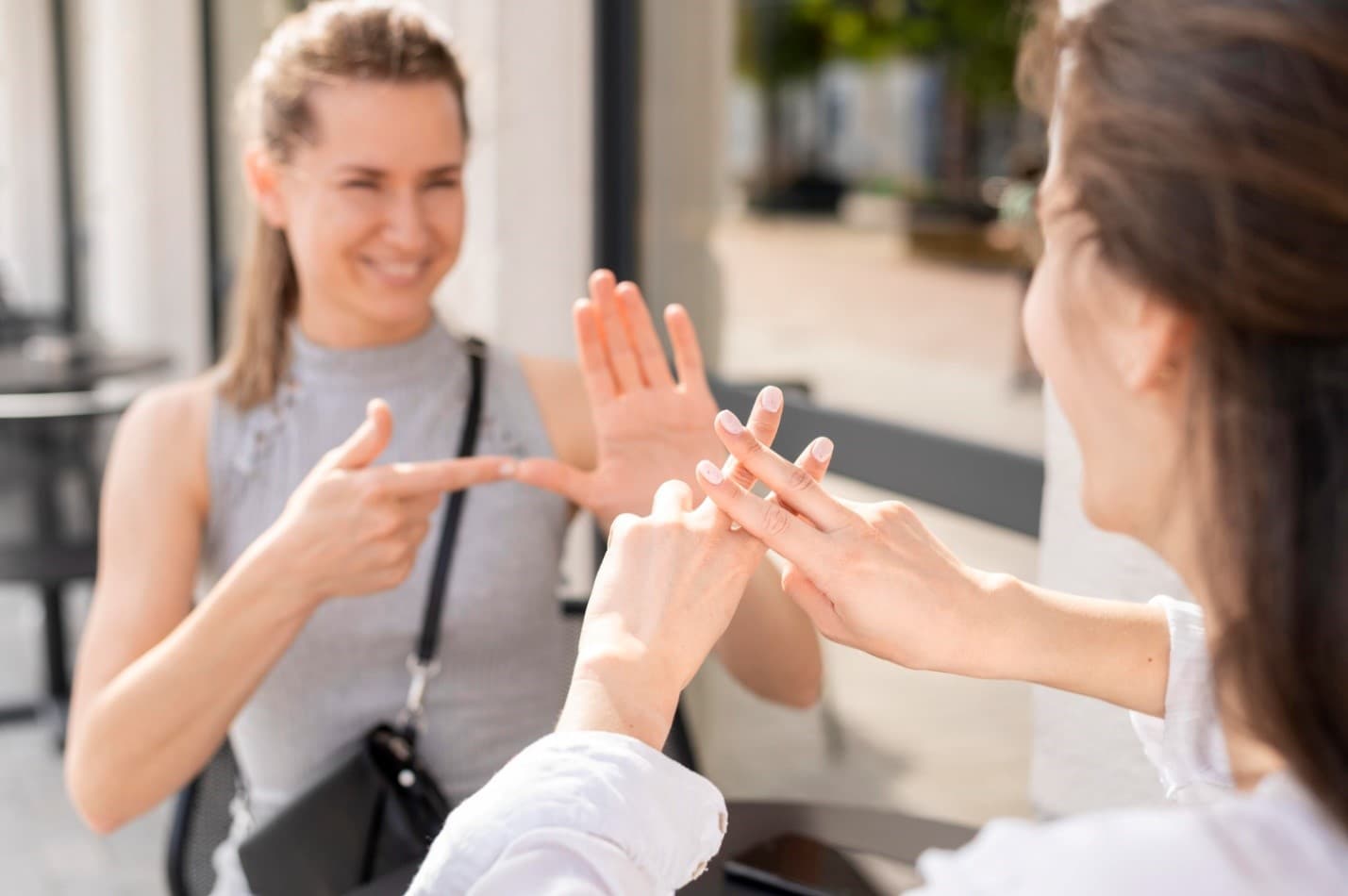

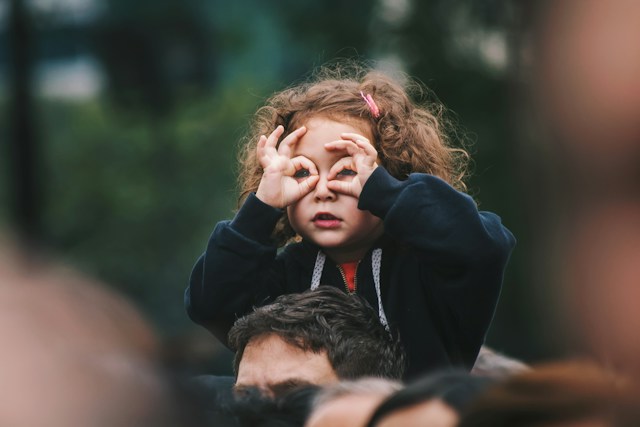
 Want to find the best writing service for your paper about society or philosophy? Check out academichelp.net for
Want to find the best writing service for your paper about society or philosophy? Check out academichelp.net for  Skrill is safe and fast payment system for online gambling. Here
Skrill is safe and fast payment system for online gambling. Here 
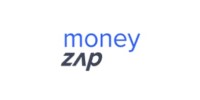 At
At  HazMiTrabajo is a Spanish company which specialized on dissertation, essays and other worktypes. Students can order
HazMiTrabajo is a Spanish company which specialized on dissertation, essays and other worktypes. Students can order 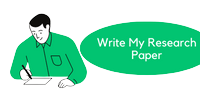 Writing a research paper provides an opportunity to communicate ideas and knowledge in deaf community. Additionally, it can help to break down stereotypes and misconceptions. An option which is called “Write My Research Paper”
Writing a research paper provides an opportunity to communicate ideas and knowledge in deaf community. Additionally, it can help to break down stereotypes and misconceptions. An option which is called “Write My Research Paper”  If you’re looking for a chance to test your luck and win big, visit
If you’re looking for a chance to test your luck and win big, visit 
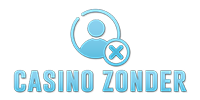 Often Dutch gambling sites require players to enter their identification details. But some do not understand why this is necessary, and are looking for ways to play casino games without ID.
Often Dutch gambling sites require players to enter their identification details. But some do not understand why this is necessary, and are looking for ways to play casino games without ID.  BetPokies is analyzing new casinos, including those for people with disabilities. We are working with the National Deaf-Conference to understand how best to select new casinos for the hearing impaired:
BetPokies is analyzing new casinos, including those for people with disabilities. We are working with the National Deaf-Conference to understand how best to select new casinos for the hearing impaired: 
